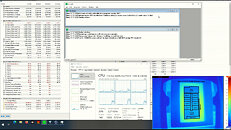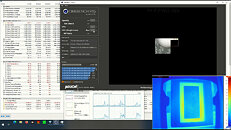Quantum Machines Launches OPX1000, a High-density Processor-based Control Platform
In Sept. 2023, Quantum Machines (QM) unveiled OPX1000, our most advanced quantum control system to date - and the industry's leading controller in terms of performance and channel density. OPX1000 is the third generation of QM's processor-based quantum controllers. It enhances its predecessor, OPX+, by expanding analog performance and multiplying channel density to support the control of over 1,000 qubits. However, QM's vision for quantum controllers extends far beyond.
OPX1000 is designed as a platform for orchestrating the control of large-scale QPUs (quantum processing units). It's equipped with 8 frontend modules (FEMs) slots, representing the cutting-edge modular architecture for quantum control. The first low-frequency (LF) module was introduced in September 2023, and today, we're happy to introduce the Microwave (MW) FEM, which delivers additional value to our rapidly expanding customer base.
OPX1000 is designed as a platform for orchestrating the control of large-scale QPUs (quantum processing units). It's equipped with 8 frontend modules (FEMs) slots, representing the cutting-edge modular architecture for quantum control. The first low-frequency (LF) module was introduced in September 2023, and today, we're happy to introduce the Microwave (MW) FEM, which delivers additional value to our rapidly expanding customer base.





